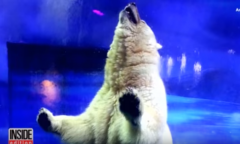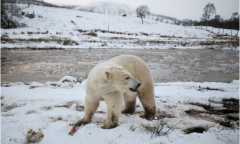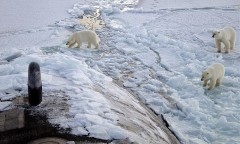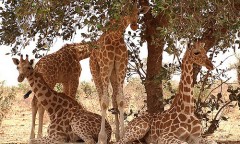By KM Diaz, | April 14, 2017
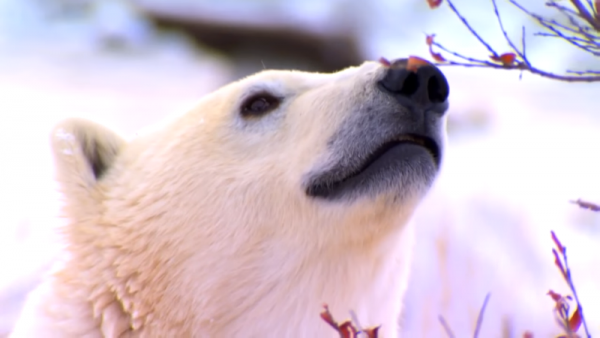
The best conditions for polar bears for olfactory hunting is during the night of the winter.
Researchers have discovered how polar bears search for their prey, ringed seals. Using the power of wind, they follow the direction of their nose to locate their prey.
The researchers at the University of Alberta uncovered the mystery behind how polar bears search for their prey. They obtained 123 adult polar bears in Canada's Hudson Bay for about 11 years using the satellite telemetry data.
Like Us on Facebook
The actions of the polar bears were merged with wind patterns to explore how they looked for seals. The researchers hypothesized that polar bears move up-wind when they smell their preys. The study published in Scientific Reports in April 2017.
Ron Togunov, the lead author of the study, explains that predators rely on odors in the air to find their prey, and their success depends on how they move according to the direction of the wind. They get a steady supply of new air streams, and the area of their sense of smell maximized when they travel across the wind.
The best conditions for polar bears for olfactory hunting is during the night of the winter, according to UAlberta professor Andrew Derocher, renowned polar bear expert and co-author of the study. When winds were slow, that's when the crosswind search became most frequent. The source of the smell is easier to localize at night since bears are active and their vision is less effective.
The findings also raise a question about climate change. The wind speed in the Arctic region increased making olfaction difficult. Togunov suggests that researchers should understand that the hunting success of polar bears will be affected if these changes will continue.
-
Use of Coronavirus Pandemic Drones Raises Privacy Concerns: Drones Spread Fear, Local Officials Say

-
Coronavirus Hampers The Delivery Of Lockheed Martin F-35 Stealth Fighters For 2020

-
Instagram Speeds Up Plans to Add Account Memorialization Feature Due to COVID-19 Deaths

-
NASA: Perseverance Plans to Bring 'Mars Rock' to Earth in 2031

-
600 Dead And 3,000 In The Hospital as Iranians Believed Drinking High-Concentrations of Alcohol Can Cure The Coronavirus

-
600 Dead And 3,000 In The Hospital as Iranians Believed Drinking High-Concentrations of Alcohol Can Cure The Coronavirus

-
COVID-19: Doctors, Nurses Use Virtual Reality to Learn New Skills in Treating Coronavirus Patients



